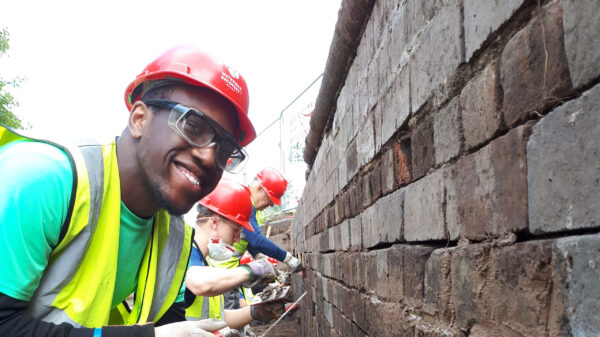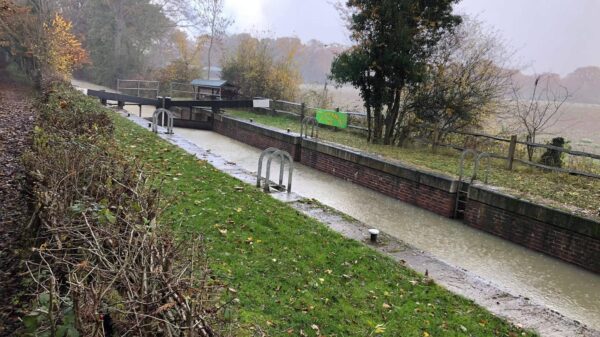The Fall and Rise of the Wey and Arun Canal
The Wey and Arun Canal was promoted by the Earl of Egremont in 1810 as the final part of a navigable route from London to Portsmouth without going to sea, which was considered of military importance in the Napoleonic Wars. However, the wars were over before the canal opened in 1816, and it was never a commercial success. The canal was formally closed in 1868, before which it had become little used.
Just over 100 years later, in 1971, The Wey and Arun Canal Society was formed (and in 1973 became The Wey and Arun Canal Trust), initially with the aim of preserving the remains of the canal, but soon to promote full restoration of both the Wey and Arun Junction Canal and the Arun Navigation, and so to recreate London’s Lost Route to the Sea.
The Trust’s 3,000 members, volunteers and staff have restored significant stretches and have a showcase site at Loxwood, West Sussex. The Trust runs public boat trips from Spring to Autumn (water supplies permitting) as well as welcoming canoeists and paddleboarders. One of the Trust’s earliest successes was the creation of a long-distance footpath the Wey-South Path, which is shown on Ordnance Survey maps, and runs either next to or near to the canal route.



